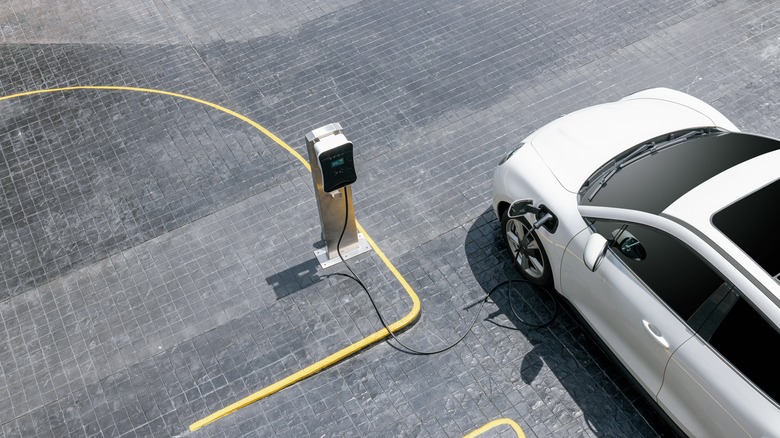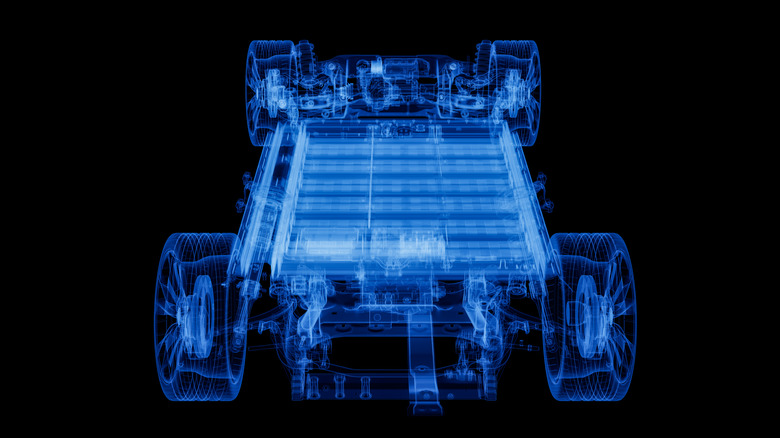[ad_1]
Apart from nifty options like one-pedal driving or customized sounds, the large attraction from electrical automobiles just like the Hyundai Ioniq 5 N or the Nissan Ariya is, clearly, the shortage of a standard combustion engine. No gas-burning engine means no dangerous emissions and cash saved on gasoline. Nevertheless, because of the very nature of vitality era, there are some facets of electrical car performance that are not utterly divorced from the features of a standard automotive engine.
Commercial
As an illustration, if you consider the operation of a standard engine, you’d in all probability anticipate a great quantity of ambient warmth. Even an electrical motor such as you’d discover in an EV can get fairly sizzling, and in contrast to a combustion engine, electrical motors aren’t geared up with radiators to soundly dissipate warmth. How is an electrical motor supposed to take care of a secure working warmth, then? The reply could also be acquainted to you you probably have expertise assembling trendy pc towers.
EV motors might be cooled off by way of using liquid and/or air cooling. Liquid cooling is mostly the extra well-liked choice, because it’s higher at what it does. Pipes stuffed with specially-formulated coolant move by way of nooks beneath the battery pack, the place the majority of the warmth is generated. The coolant absorbs warmth from the battery pack, then sends it off to a warmth exchanger the place the surplus temperature might be safely evaporated. Air cooling can be carried out, merely passing exterior air by way of and across the battery pack and again out of the automotive. For this reason some EVs nonetheless have radiator grilles regardless of not having radiators, to extra simply facilitate the move of air.
Commercial
The place does the warmth come from in an EV?
As talked about, a typical combustion engine generates its excessive ranges of warmth by way of a mix of the everyday gasoline and air combustion course of and the speedy motion of the pistons within the cylinders. To alleviate this warmth buildup, a typical automotive contains a radiator, often mounted close to the engine. The radiator receives the coolant that is been flowing across the engine, passively absorbing warmth, and funnels it by way of a collection of wavy aluminum fins. This exposes the coolant to air from exterior the automotive, permitting the warmth to go on and out of the engine, whereas the now-cool coolant recirculates again to the engine.
Commercial
The electrical motor that’s mounted in an EV would not include a radiator. When you assume that is not an issue, assume once more -– an electrical motor’s battery can nonetheless generate an intense stage of warmth from the conversion of excessive voltage direct electrical currents to alternating currents. Have you ever ever pushed a house electrical equipment actually onerous and felt it get sizzling in your arms? It is the identical phenomenon, albeit on a a lot bigger and probably extra harmful scale.
[ad_2]
workers@slashgear.com (Daniel Trock)
2024-10-04 12:45:45
Source hyperlink:https://www.slashgear.com/1677622/how-do-electric-cars-cool-without-radiators/

